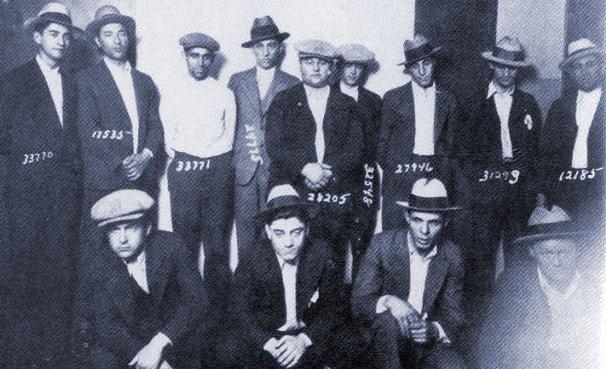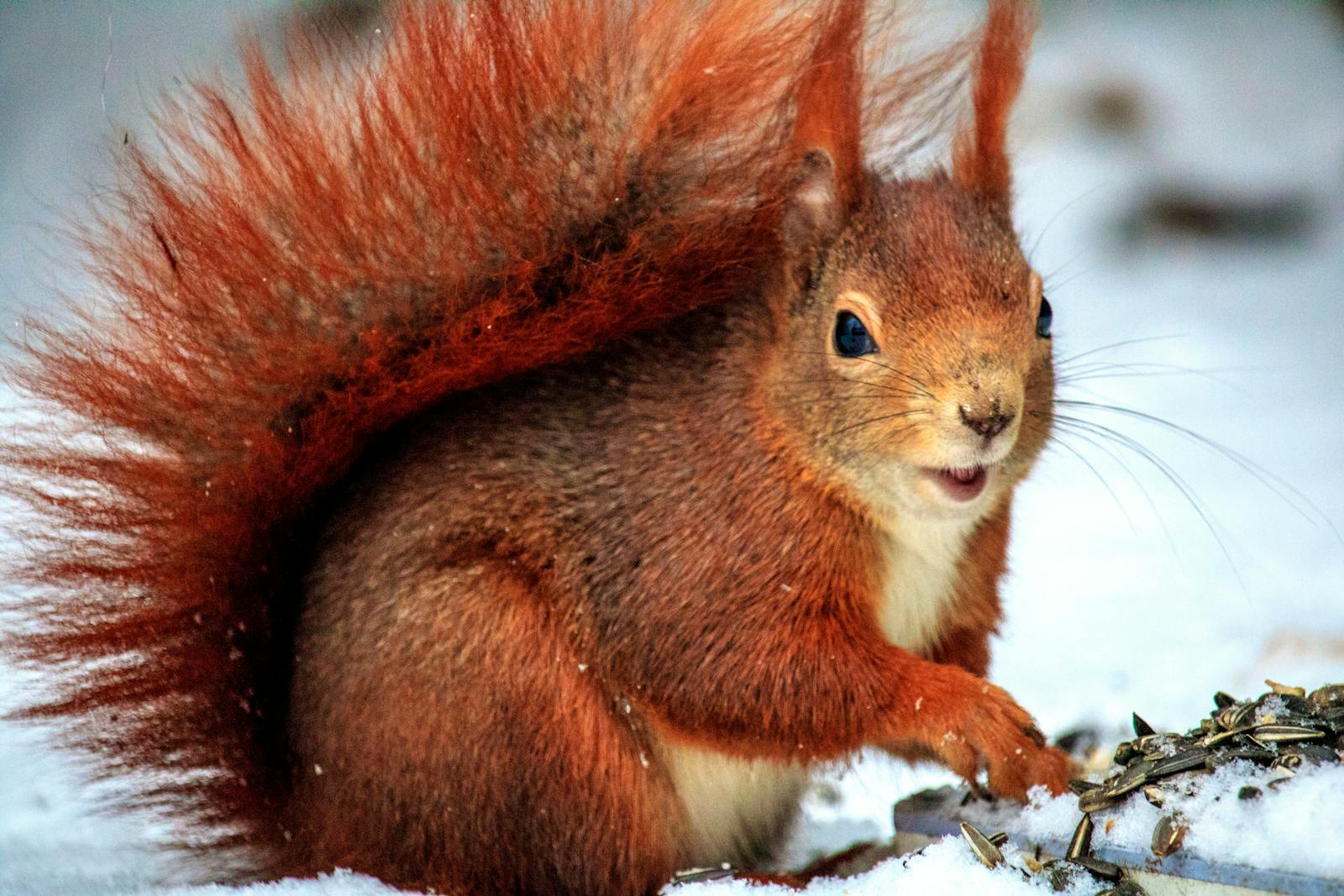Formation and Early Activities
-
The Purple Gang, Detroit’s most infamous organized crime group, originally emerged as a loose coalition of Jewish immigrants from the city’s lower east side, an area known as “Little Jerusalem.” In this densely populated district bordered by Gratiot Avenue, Brush Street, Willis Avenue, and Russell Street, these immigrants turned to petty crime and mischief during their formative years. Initially labeled as disruptive delinquents at Bishop School, they later learned the tricks of the illicit trade under local mobsters. This early incarnation, referred to as the Sugar House Gang, laid the groundwork for what would become a sophisticated and notorious criminal enterprise.
Their evolution from neighborhood hooligans to a feared syndicate was aided by the Prohibition era, providing opportunities to capitalize on the illegal liquor trade. As the gang’s influence grew, so did their reputation for organization and ruthless efficiency. Their background as sons of Jewish immigrants gave them both a tight-knit unity and a unique position within Detroit’s growing ethnic tapestry, fueling a meteoric rise to dominance in the city’s criminal underworld.
- They were initially known as the Sugar House Gang and gained notoriety through hijacking alcohol smuggled by others across the Canadian border during Prohibition.
-
The gang’s name origins are varied; explanations include it referencing a purple dye used during the Cleaners & Dyers War, a purple sweater seen at a name-change meeting, and other local lore.
The origins of the Purple Gang’s name are steeped in mystery and local anecdotes, reflecting their colorful and infamous reputation. One explanation ties the name to the Cleaners and Dyers War, a violent labor dispute where the gang used a purple dye to sabotage clothes during union conflicts. Another story suggests the name arose during a meeting to transition from their initial moniker, the Sugar House Gang, when someone wore a distinctive purple sweater. Additionally, some accounts link the name to local street vendors, who referred to the gang as “tainted” or “off-color,” likened to the color purple, meant to signify their notoriety. Each origin story contributes to their mythical status within Detroit’s vibrant but tumultuous history.
Prohibition Era and Criminal Enterprises
- By the Prohibition era, Detroit had already become a hub for bootleggers thanks to the strategic location on the Canadian border.
-
During the Prohibition era, the Purple Gang cemented its dominance over Detroit’s criminal underworld by controlling key enterprises like gambling, the drug trade, and—most lucratively—bootlegged alcohol. Their operations were pivotal in making Detroit a central hub for illicit liquor distribution, thanks to the city’s proximity to Canada and access to smuggling routes. The gang’s well-established network allowed it to monopolize the illegal alcohol business, outmaneuvering rivals and even gaining the respect of mobsters like Al Capone, who opted to collaborate with them rather than compete. Their grip on these industries underpinned their unchecked rise in the 1920s.
- Detroit’s illegal alcohol industry was second only to the automotive industry, peaking at $300 million annually, equivalent to billions today.
Violence and Infamy
- Known for their brutish methods, the Purple Gang reportedly killed over 500 rivals during the bootleg wars.
- They were implicated in violent events like the Collingwood Manor Massacre, where three members were murdered to prevent their treachery.
- The gang’s influence reached as far as Chicago, where they assisted in gang operations such as the St. Valentine’s Day Massacre.
Alliances and Political Influence
- The Purple Gang formed alliances with significant national crime figures like Meyer Lansky and Joe Adonis.
-
The Purple Gang, originally called the Sugar House Gang, emerged as a dominant force in Detroit’s Prohibition-era underworld. Located strategically at the Canadian border, Detroit became a hub for bootlegging, which propelled the gang’s rise to infamy. Utilizing their notorious brutality, members hijacked smuggled alcohol and controlled a network of speakeasies, making Detroit’s illegal liquor trade the city’s second-largest industry after automobiles. At its peak, this industry generated an astounding
- The Purple Gang’s political influence was partially enabled by corruption within local government institutions.
00 million annually (equivalent to over $4 billion today). The Purple Gang’s grip extended beyond liquor into gambling, drug trade, and violent enforcement tactics, making them the epitome of organized crime during the era.
Decline and Disbandment
- The gang’s power began to wane in the early 1930s due to internal conflicts and betrayal.
- In 1931, key members were arrested for murder, marking the start of the gang’s downfall.
-
The Purple Gang’s name is shrouded in mystique and surrounded by a blend of speculation and local lore. It is thought to have several possible origins: one story ties it to street vendors claiming the gang’s behavior was “tainted” and “off-color,” like the shade of purple. Another suggests that it came from an incident where a purple sweater was spotted during a meeting about renaming the group. Alternately, it may hail from the Cleaners and Dyers War, where purple dye was used to ruin clothes during conflicts, symbolizing their destructive influence. This ambiguous legacy highlights the dramatic and violent era in which the gang thrived.
♠
Found a bug? Have some other thoughts on this tool? Let me know here →






